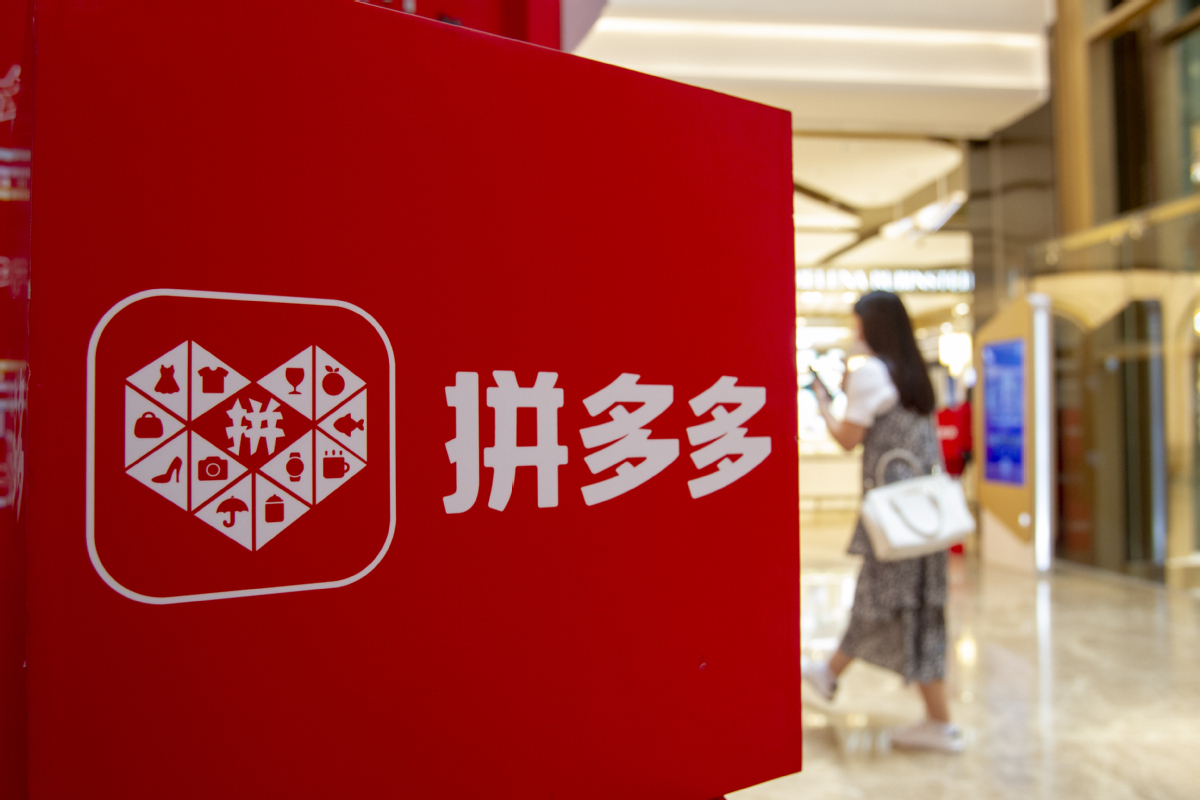Saving costs by innovation way to survive competition in retail sector
21ST CENTURY BUSINESS HERALD | Updated: 2023-12-04 06:41

Pinduoduo, a Chinese e-commerce platform for secondhand goods, saw its sales revenue in the first three quarters of this year increase 94 percent year-on-year, hitting 68.84 billion yuan ($9.66 billion). Its net profit from January to September was 17.03 billion yuan, up 37 percent compared with the same period last year.
The remarkable rise of Pinduoduo, as well as the increasing popularity of e-commerce through livestreaming platforms and social networking websites, constitute a pressing challenge to Alibaba and JD.com, the two leading e-commerce giants in China. Pinduoduo's growing popularity shows the rapidly changing landscape of the domestic e-commerce market as well as its cutthroat competition.
The rapid growth of Pinduoduo is mainly because it adapts to new trends in the retail industry. That is more rational consumers are turning to cheap but quality goods. After the COVID-19 pandemic, even some brick-and-mortar stores have also adjusted their marketing tactics, resorting to various kinds of promotional activities to attract consumers with low prices.
Young people, who represent the main consumption group, now also pay more attention to the quality and value-for-money of goods and services.
For example, some college students buy old-fashioned military coats today rather than the much more expensive but lighter and fashionable down jackets. More and more young people living alone, as well as housewives, like buying reduced-price food products near the end of their shelf lives to save money.
China's retail industry still has huge room for cost reductions. The cost of the intermediate links is mainly caused by high rents, logistics and other expenditures related to administrative fees and taxes, as well as the comparatively low efficiency of supply chains. Pinduoduo's low-price model and the change of consumption habits are presenting higher requirements for the supply chain efficiency of the entire business system and environment.
But that does not mean China's retail market will be centered around "low prices". The clear demand of consumers is for the removal of the grandiose attributes of commodities and services, and instead a focus on their core functions and values. The return to cost-effectiveness and practicality does not mean sacrificing the quality of services and goods for the sake of low prices. Low-price retailers selling poor-quality goods and offering bad services cannot succeed in the market either.
This also requires that manufacturers must improve their production efficiency through innovation to reduce costs, rather than sacrificing quality to lower their prices. There is no doubt that the increasingly fierce market competition environment has brought greater challenges to almost all players in the industry and supply chains, including internet companies, manufacturers and retailers. Only by focusing on innovation to cope with the ever-changing market can they survive the competition.























